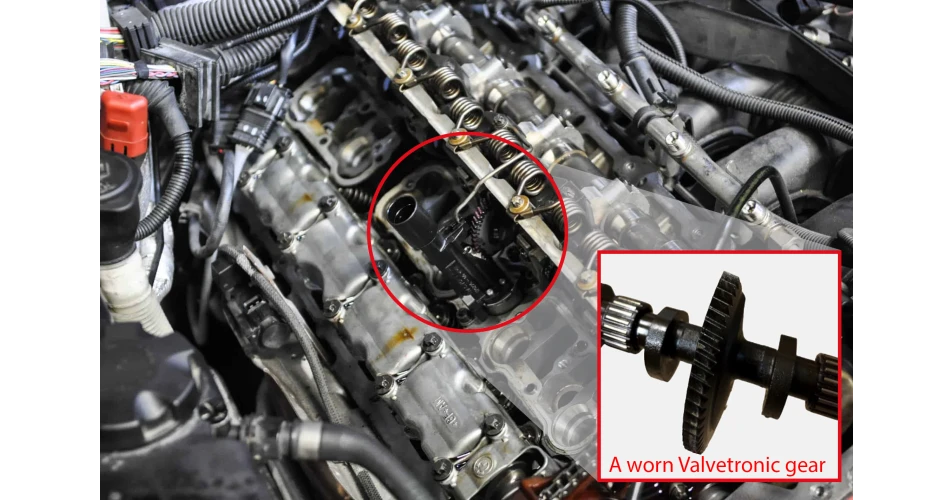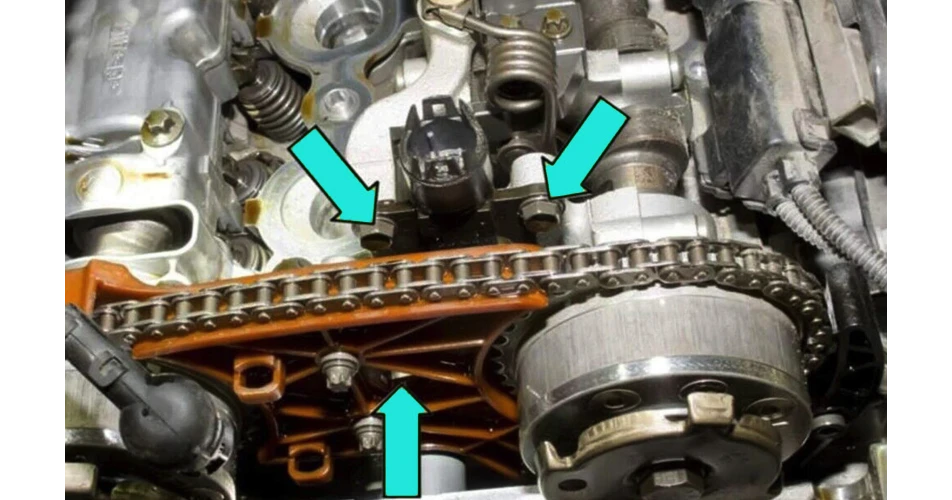BMW has over the years, utilized a system called Valvetronic on their engines, to improve overall engine efficiency and control the idle speed. These engines did not require a throttle body to control the idle, but still have one as a backup in the event of the Valvetronic failure. The basic principle of this system was to control the valve lift through a variable motor control and rocker arm assembly. Limiting the amount of lift on the inlet valves reduces the air flow, and reduces the engine idle speed.
Early systems suffered from a failing DC motor, and the insulation failed internally. The system then reverted to using the throttle body for idle control.
This system requires adaptation after a depleted battery, or battery replacement. This often manifests as an emissions failure, for no apparent reason. On resetting the Valvetronic system adaptions, via a scan tool, the idle and emissions would return to normal.
To accurately monitor the position of the system, an eccentric shaft was fitted, with a sensing module at the front end of the shaft.
Later systems were developed, with a smaller motor. These incorporated 5 internal position sensors. There are 3 for rough position, and 2 for fine position control. The numerous sensors make it a more refined system. On initial testing, it looks like a 3-phase motor is fitted.
The step controller is a DC motor with one supply and two controlled grounds, for direction control. The motor has a single 5-volt reference input, 1 ground connection, and 5 signal lines for position control.
When a fault code 2DD6 is present, it is usually a faulty stepper motor, or a worn shaft component. This may require the complete Valvetronic system replacement. But please make sure the components have the same part numbers, as there are multiple versions of this system.
To see or download this article click
here. There are lots more Tech Tips to view, and they are all searchable, on
TechTips.ie. To join the Autobiz Helpline, call 01-905-9500, and then press 2, for further information.
 A worn BMW Valvetronic shaft component or a faulty stepper motor are the most common causes of failure
A worn BMW Valvetronic shaft component or a faulty stepper motor are the most common causes of failure
 An early version of BMW Valvetronic control
An early version of BMW Valvetronic control